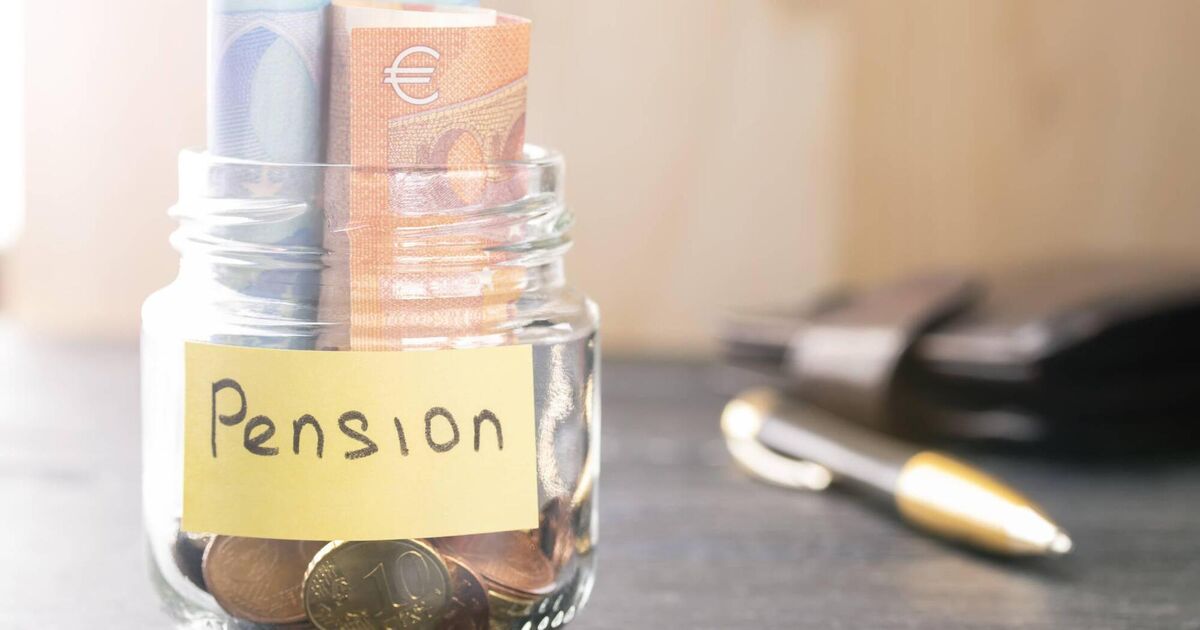[ad_1]
The CSO’s recent report confirms pension coverage is still far too low in this country. If you don’t have anything in place other than the State pension and you want a decent standard of living in retirement, you’re going to have to take action.
In the third quarter of last year, pension coverage was greatest among workers aged 45 to 54 years (77%), and was lowest among younger workers. Three in 10 (31%) of workers aged 20 to 24 years had some form of pension coverage.
This is hardly a surprise. Younger workers in particular are being forced to divert a far higher percentage of their income to rent, so trying to get them interested in pensions is a bit of a hard sell.
Two-thirds of workers in Ireland have some form of pension coverage outside of State Pensionhttps://t.co/TJWd5XVSqf#CSOIreland #Ireland #Pensions #PensionCoverage #Earnings #Employment pic.twitter.com/o711l931ms
— Central Statistics Office Ireland (@CSOIreland) February 23, 2023
Glenn Gaughran is head of business development with Independent Trustee Company, which provides self-administered pensions. He points out
the greatest predictor of whether a worker will have a private pension or not is if their employer offers one.
“Unfortunately, the latest CSO pension coverage report shows more than half of the workers who are not saving for a pension are in that position because membership of a company pension scheme is not an option for them.”
He believes auto-enrolment should help to plug that gap. This is the long-awaited Government initiative whereby workers will automatically be signed up for a pension when they start work.
Under auto-enrolment, employees will have access to a workplace pension savings scheme which is co-funded by their employer and the State. A key feature of the system is that although participation is voluntary, it operates on an ‘opt-out’ rather than an ‘opt-in’ basis.
In order to encourage workers to participate, those people who choose to remain in the system will have their pension savings matched on a one-for-one basis by the employer. The State will also provide a top-up of €1 for every €3 saved by the worker. So you put €3 in, and you end up with €7.
“It’s aimed at private-sector workers aged between 23 and 60 who earn €20,000 plus a year and who are not already part of a work pension scheme,” Mr Gaughran explains.
“We believe it is important that the Government hits its target of early 2024 for the introduction of auto-enrolment. If the Government is serious about increasing private pension coverage in this country, auto-enrolment must be rolled out sooner rather than later.”
He believes there are far too many people relying, and expecting to rely, on the state pension in retirement. The CSO report published also shows that almost six in 10 (57%) workers with no private pension expect the State pension to be their main source of income in retirement. The State pension is currently €265.30 a week.
Having to get by on €265.30 a week could be a huge financial shock to many people. And of course, not everyone is eligible for the full State pension.
Mr Gaughran points out too that if you do not have access to a company scheme, or intend to opt out of the Government scheme, your main alternative is the Personal Retirement Savings Accounts (PRSA)
“Those saving into a PRSA should get up to speed on the new PRSA tax rules which kicked in at the start of the year. These tax rules will make it easier for many people to build up a decent pension pot with a PRSA — particularly those who may have taken time out of the workforce to rear children or entrepreneurs who have deferred their own pension planning in order to establish their businesses.
“The new tax rules bring the amount of tax relief which employees can claim on personal pension contributions to a PRSA in line with the tax relief available to those workers saving into occupational pension schemes.”
It is also worth pointing out that since January 1, an employer contribution paid to an employee’s PRSA is no longer treated as benefit in kind (BIK) for income tax purposes.
This helps to even out the playing field for PRSAs and company pension schemes because employer contributions to occupational pension schemes have never been treated as BIK for income tax purposes.
Mark Reilly of Royal London Ireland also has concerns about the low level of pensions coverage in Ireland.
He notes a quarter of workers who are not in a work pension are in that position because they have chosen not to join their employer’s pension scheme.
“This is worrying and is usually a missed opportunity for workers. If you join a work pension scheme, you will usually have a much better chance of building up a reasonable pension pot than through a personal pension.
“This is because with many company pensions, the employer pays a contribution into the pension scheme — on top of the contribution made by the employee. This makes it easier for the worker to build up the pension pot to financially support themselves during retirement.”
In some cases, an employer will match your contribution. Moreover, t
he charges on company pension schemes can be lower than those applied to personal pension schemes, which means your pension savings may go further in a work pension scheme than a personal one.
“About one in six workers who are not members of their employer’s pension scheme believe they are not eligible to join. We recommend people double-check this with their employer. Many people, particularly part-time workers, incorrectly believe they’re not eligible to join a company pension scheme.
“In the main, part-time workers are entitled to the same access to a work pension as comparable full-time employees, unless they are working less than a fifth of the normal working hours of a full-timer.”
Some employers will allow part-time workers to join a pension scheme even if the part-time employee works less than a fifth of the normal working hours of a full-time employee.
One other interesting finding from the CSO’s pension coverage report: Affordability is one of the main reasons workers do not have a pension. Forty per cent of those with no pension cover saying they cannot afford to save into a pension.
Mark Reilly again: “We suggest that people check how much it will cost them to save into a pension once tax relief is accounted for because pension tax relief significantly reduces the cost of saving into a pension. You can get tax relief on pension contributions of between 15% and 40% of your earnings, depending on your age.”
He offers this example: Saving
€100 into a pension plan will usually only cost you €60 if you pay income tax at the higher rate (40%) or €80 if you are a standard rate (20%) taxpayer.
“We encourage people to talk to a financial broker to discuss their pension options or concerns and help them plan for financial resilience in their retirement.”
[ad_2]
Source link



